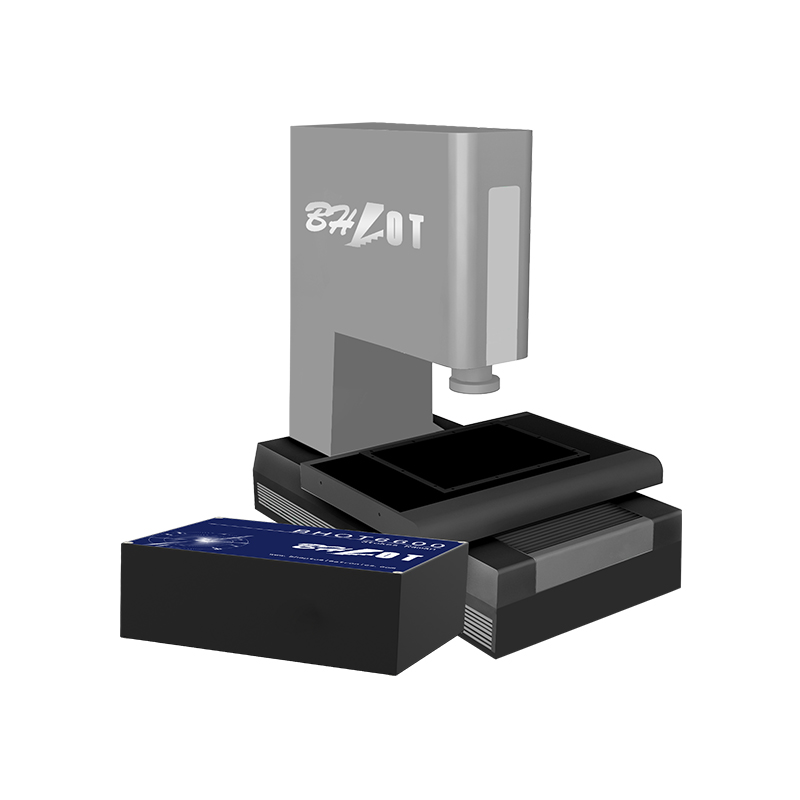The working principle of Raman spectrometer
When a monochromatic light with a frequency of v0 is irradiated onto the sample, molecules can scatter the incident light. Most light only changes its propagation direction, resulting in scattering, while the frequency of transmitted light passing through molecules remains the same as the frequency of incident light. In this case, this scattering is called Rayleigh scattering; There is also a type of scattered light, which accounts for about 10 ^ -6 to 10 ^ -10 of the total scattered light intensity. This scattered light not only changes its propagation direction, but also its frequency changes, making it different from the frequency of excitation light (incident light). Therefore, this scattered light is called Raman scattering. In Raman scattering, the scattering of light with a reduced frequency relative to the incident light is called Stokes scattering. Therefore, in the opposite case, the scattering with an increased frequency is called anti Stokes scattering. Stokes scattering is usually much stronger than anti Stokes scattering, and Raman spectrometers usually measure Stokes scattering, also known as Raman scattering.
The frequency difference v between scattered light and incident light is called Raman shift, which is independent of the frequency of the incident light and only related to the structure of the scattering molecule itself. Raman scattering is caused by changes in molecular polarizability (changes in electron clouds). The Raman shift depends on the change in molecular vibrational energy levels. Different chemical bonds or functional groups have characteristic molecular vibrations, and Δ E reflects the change in the specified energy level. Therefore, the corresponding Raman shift is also characteristic. This is the basis for qualitative analysis of molecular structure using Raman spectroscopy.








